Owlets are baby owls; they're the juvenile stage of various owl species. These adorable birds are born with a unique appearance, having soft body feathers and naive looks despite their natural hunting instincts. Though small in size, owlets develop into fierce hunters who play a vital role in maintaining balance in the ecosystem.
They help control the populations of insects and small vertebrates. People are often captivated by their intense stares and being active at night, which have earned them a significant place in mythology and folklore.
As the night falls, these little birds of prey prepare for life as the silent hunters of the skies. Check out these owlet facts and learn why each detail of their upbringing is important for them to grow into the skilled hunters known simply as owls.
Owlet Interesting Facts
 Pixabay.com
Pixabay.com
What type of animal is an owlet?
An owlet is a young bird belonging to the owl family.
What class of animal does an owlet belong to?
Owlets belong to the class of birds, Aves.
How many owlets are there in the world?
The exact number of owlets globally is uncertain, as they are the juvenile forms of many owl species that fluctuate in number.
Where do they live?

Owlets live in various habitats, including forests, grasslands, deserts, and sometimes around human houses and urban centers.
What is their habitat?
An owlet's habitat includes tree cavities, abandoned nests built by other birds, and nest boxes provided by humans.
Who do they live with?
Owls that can turn their heads have an inborn need to find a mate, but since females do not usually give up on raising eggs once laid, males will often wait outside the nesting area before going off again into different territories as adults!
How long does an owlet live?
The lifespan of an owlet varies by species, but after reaching adulthood, some owl species can live up to 20 years or more.
How do they reproduce?
As opportunistic nesters, many owl species, including the great horned owl, often occupy existing nests or sites previously used by other birds. In contrast, the snowy owl, commonly found in wide open spaces, is one of the rare owl species that takes the initiative to build its own nest.
Owls get creative and have a lot of fun during their breeding season. It's a really important time for them, and the males go all out to impress the females with various courtship behaviors. They use their hooting calls and do fancy aerial displays to catch the attention of a potential mate.
Once the mating is complete, the female carefully lays her eggs in a safe place, like a hidden nest or a protected area. This event is commonly observed in some owl species, where the female takes on the responsibility of incubating the eggs, resulting in the hatching of owlets.
Throughout this period, the male ensures that the female and, later on, the chicks are well-fed. Once the little ones hatch, both mummy and daddy owls take care of them until they're old enough to leave the nest.
In the Indian habitat of owls, especially for the spotted owlets, the breeding season is a lively and busy time. The owls are quite particular when it comes to choosing their nesting spots, where they lay eggs and raise their young. They look for places that provide safety from both predators and parasites, such as bird lice.
What is their conservation status?
The conservation status of owlets depends on the specific owl species, ranging from Least Concern to Endangered.
Owlet Fun Facts

What do they look like?
Owlets have a small and stocky bird appearance with a puffy body, large eyes, and a unique facial disk. Their feathers come in a variety of colors and patterns, which helps them blend in with their surroundings.
How cute are they?
Owlets are often considered very cute due to their fluffy feathers and large, curious-looking eyes.
How do they communicate?
Owlets communicate through a series of chirps, whistles, and hoots. Parent owls and owlets often have different sounds they make to communicate with one another.
How big is an owlet?
The size of an owlet varies with species, from the tiny elf owl, which can be as small as 5.2 in (13 cm), to the larger baby barn owls, which can be about 9.8-16.9 in (25-43 cm) in length.
How fast can an owlet run?
Owlets are not known for their running ability; they are better adapted for silent flight and perching.
How much does an owlet weigh?
Weight varies among species, with the small elf owlet weighing around 0.06 lb (25 g) and larger species like the barn owlet weighing up to 3.09 lb (1400 g).
What are the male and female names of the species?
Male and female owlets don't have specific names; they are typically referred to by the species' common names, such as barn owl or elf owl.
What would you call a baby owlet?
A baby owl is commonly called an 'owlet'.
What do they eat?
Owlets eat mostly insect prey and are sometimes fed small vertebrate prey, such as rodents, depending on what their parents hunt.
Are they venomous?
No, owlets are not venomous.
Would they make a good pet?
No, owlets and adult owls are wild animals and not suitable pets; owls are protected under various national and international laws.No, owlets and adult owls are wild animals and not suitable pets; owls are protected under various national and international laws.
Did You Know…
Despite being mostly silent, owlets grow to have loud hoots, which are often part of a territorial call or a mating ritual.
Many owl species have adapted to coexist with human habitation. For instance, the spotted owlet often finds refuge in cities and is known for its adaptability to urban life.
Owlets typically hatch in a state of dependent development; they are born helpless with little feathering and require parental care for survival.
The number of owlets in a clutch can vary, with some species like the great horned owl producing up to five young, while others like the elf owl may only have one or two owlets.
Once hatched, owlets are initially blind, and their eyes may remain closed for up to two weeks of life before their eyes open.
When they're hungry, owlets let their parents know by making sharp, repeated calls that can sometimes be heard from far away.
Owlets have down feathers on their bodies that are often shades of white, gray, and brownish-yellow. These feathers match the colors of their nests and tree barks.
Owlets have a very good sense of hearing from a very young age, which lets them hear parental calls and prey movements.
Owlets have a temporary egg tooth on the top of their beaks that helps them break out of their shell when they hatch. After hatching, this tooth falls out in a few days.
When threatened, owlets instinctively fall and remain completely still; their camouflage feathers help them to stay hidden and out of danger. This behavior allows them to blend into their environment so that predators don't see them.
Owlet body temperatures and metabolism are relatively high compared to adult owls due to their smaller size and need for growth.
Parent owls will shelter and protect their owlets by spreading their wings over them or standing guard at the nest entrance.
Owlets are fed a diet of regurgitated food like small mammals, birds, and insects by their parents until they learn to hunt on their own.
Owlets may remain with their parents for several months in order to learn essential hunting skills.
FAQs
 Getty Images/iStockphoto
Getty Images/iStockphoto
Why do owlets need to live in trees or nests?
Living in trees or nests keeps owlets safe from ground dangers and harsh weather. These elevated homes provide a secure avenue for the mother owls to incubate the eggs and for the parents to feed and care for the baby owls until they are ready to take care of themselves.
How can you tell an owlet apart from its parents?
Owlets are smaller in size and have softer, less developed body feathers compared to adult owls. They lack the adult's distinctive facial features and strong feathers for swift flying.
What threatens the survival of owlets in the wild?
The well-being and survival of owlets in the wild are greatly threatened by the loss of their natural habitats and a decrease in available food. Also, they are sometimes hunted by larger predators.
How do parent owls teach owlets to hunt?
Parent owls teach their owlets to hunt by bringing various prey to the nest, allowing the young to practice handling and eating them. This will nourish the owlets and also teach them to hunt and handle prey.
When do owlets start to fly?
At about six to eight weeks old, depending on their species, owlets leave the nest for what is called 'branching', where they try to fly between tree branches, gradually learning to fly.
What is special about owls' eyes?
Owl eyes are uniquely adapted for seeing well at night, allowing them to see both during the day and at night. Their large, tubular-shaped eyes contain several rod cells, which are sensitive to light and movement, giving them excellent night vision.
How do owlets stay warm in their environment?
The thick, fluffy body feathers of owlets trap heat close to their bodies, keeping them warm. Additionally, parent owls will often brood and gently sit on their young to provide additional warmth and protection from cold weather.
Can owlets move their eyes within their sockets?
 Shutterstock
ShutterstockNo. Both adult and baby owls cannot move their eyes within their sockets due to the unique tubular shape of their eyes. To compensate for this, they have highly flexible necks that allow them to rotate their heads up to 270 degrees, giving them a 360-degree view of their surroundings.
What role does hearing play in an owlet's development?
Hearing is important for an owlet as it develops hunting techniques and awareness of its surroundings. Owlets are naturally born with a high sense of hearing, which helps them track and locate their prey even when they hide.
Do owlets have any natural predators?
Yes, owlets have natural predators that vary based on their habitat. Their natural predators include larger birds, snakes, and mammals like foxes and raccoons. This is why parent owls make it a point to protect baby owls and site their nests in secure locations, away from the reach of natural predators.Yes, owlets have natural predators that vary based on their habitat. Their natural predators include larger birds, snakes, and mammals like foxes and raccoons. This is why parent owls make it a point to protect baby owls and site their nests in secure locations, away from the reach of natural predators.
Owlet facts provide a window into the early stage of a remarkable group of birds, the owls. From the mysterious barn owl to the adorable elf owl, these small and stocky birds have impressed bird lovers with their nighttime behaviors and unique calls.
It is important to have an understanding of their food, habitat, and behavior to protect them effectively, especially considering the dangers they encounter from various human interference and natural disasters destroying their homes. Learning owlet facts helps you appreciate these mysterious creatures that soar through the darkened skies at night.
From Your Site Articles
Related Articles Around the Web



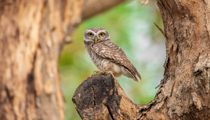
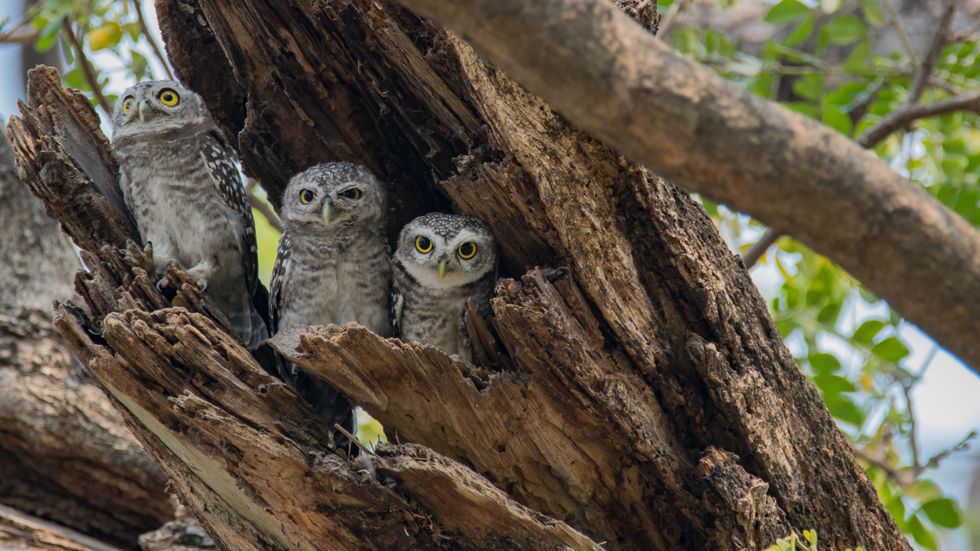 Pixabay.com
Pixabay.com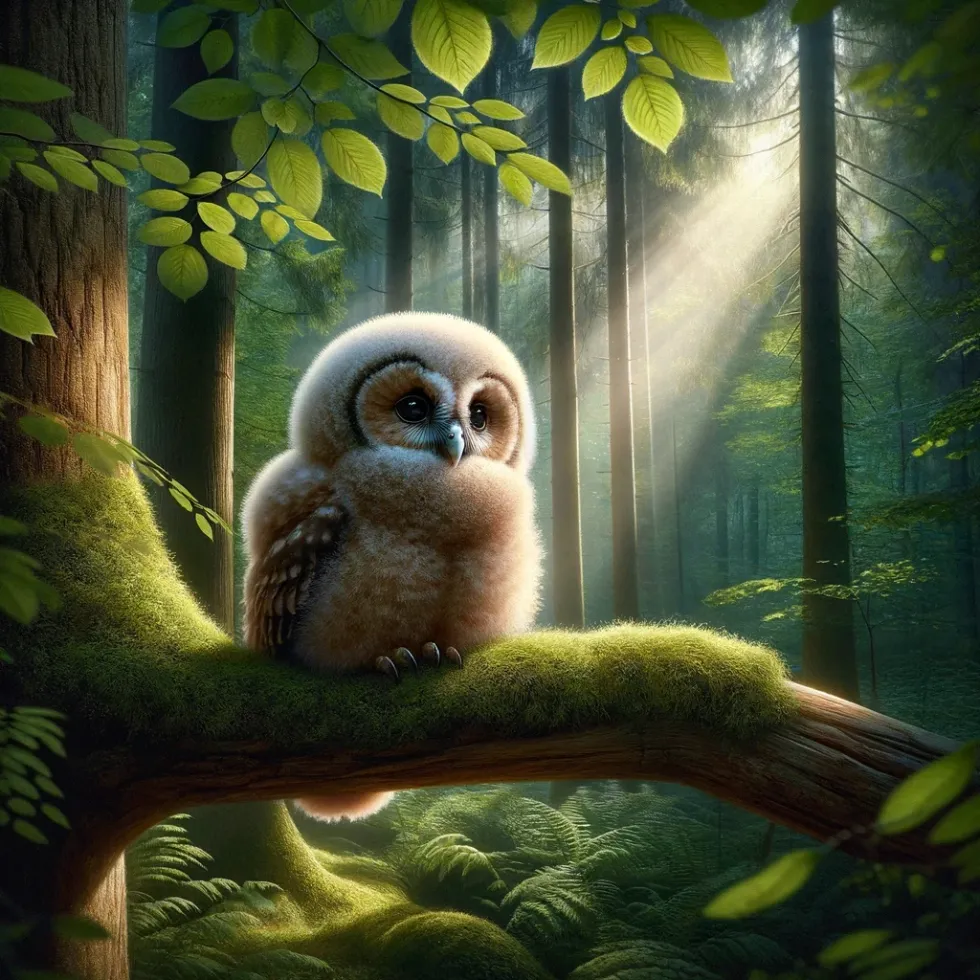
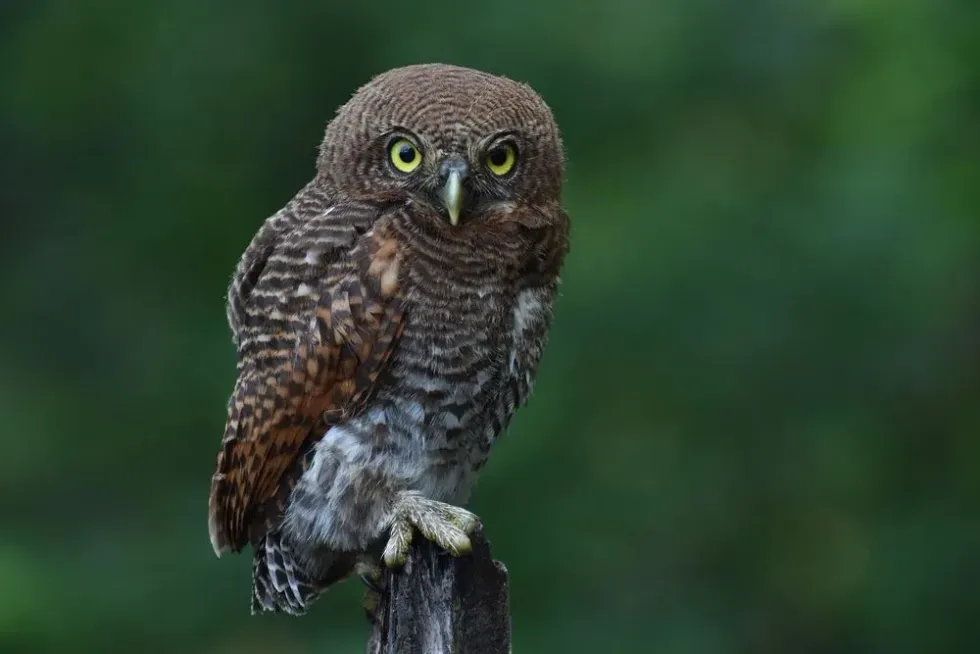
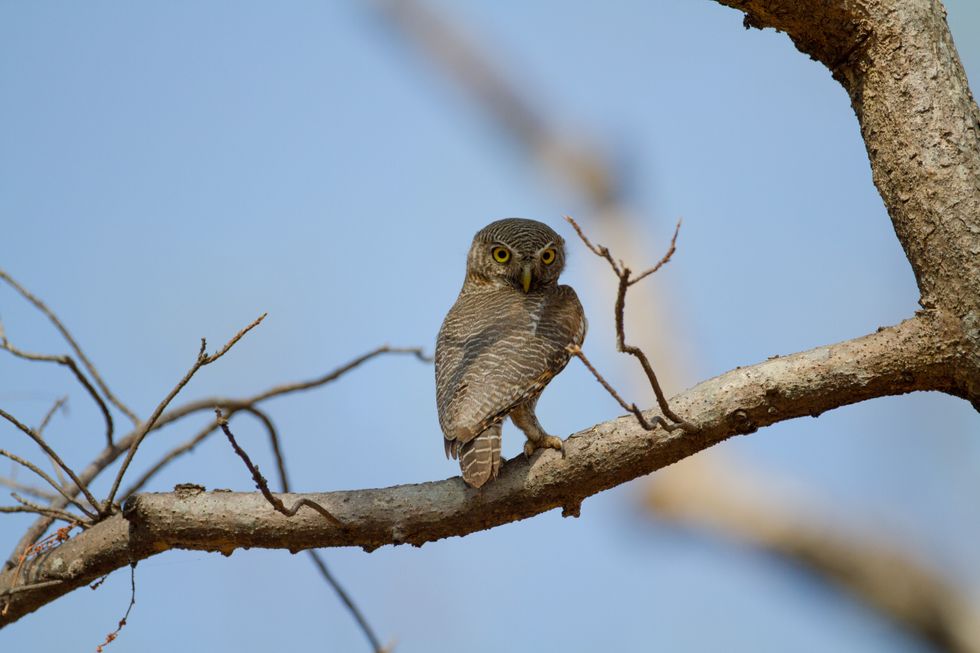 Getty Images/iStockphoto
Getty Images/iStockphoto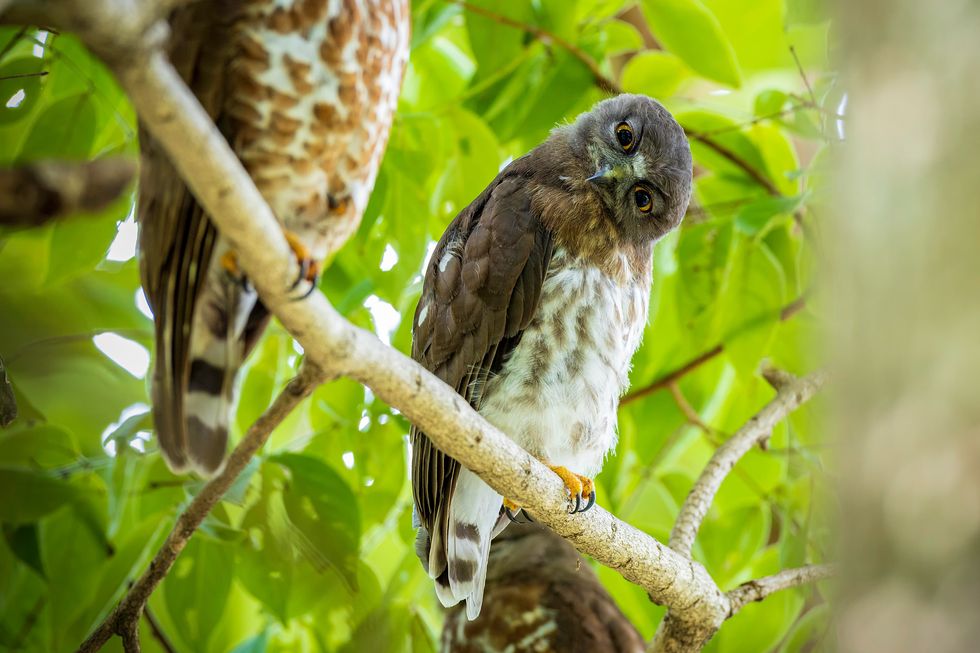 Shutterstock
Shutterstock




